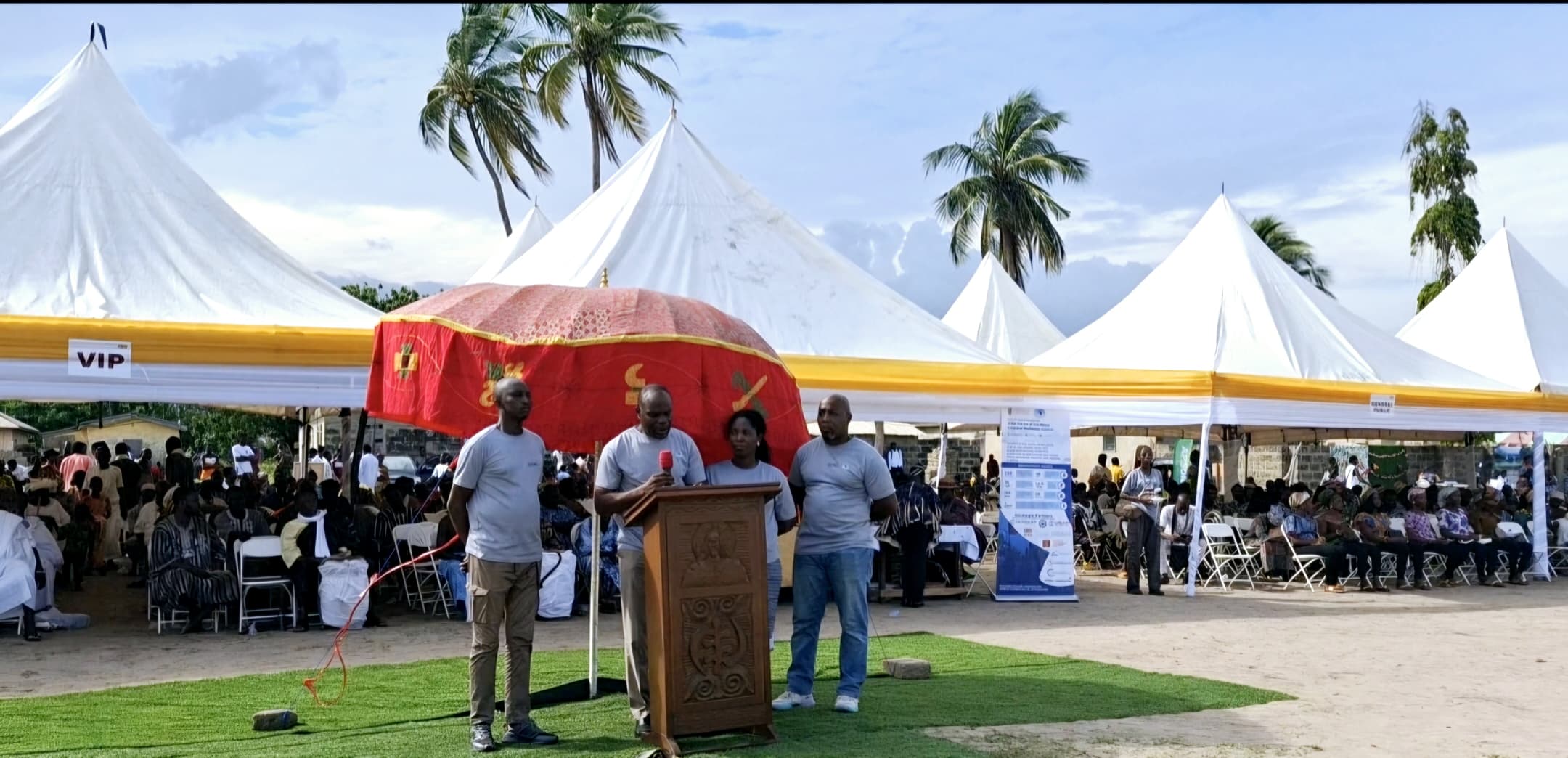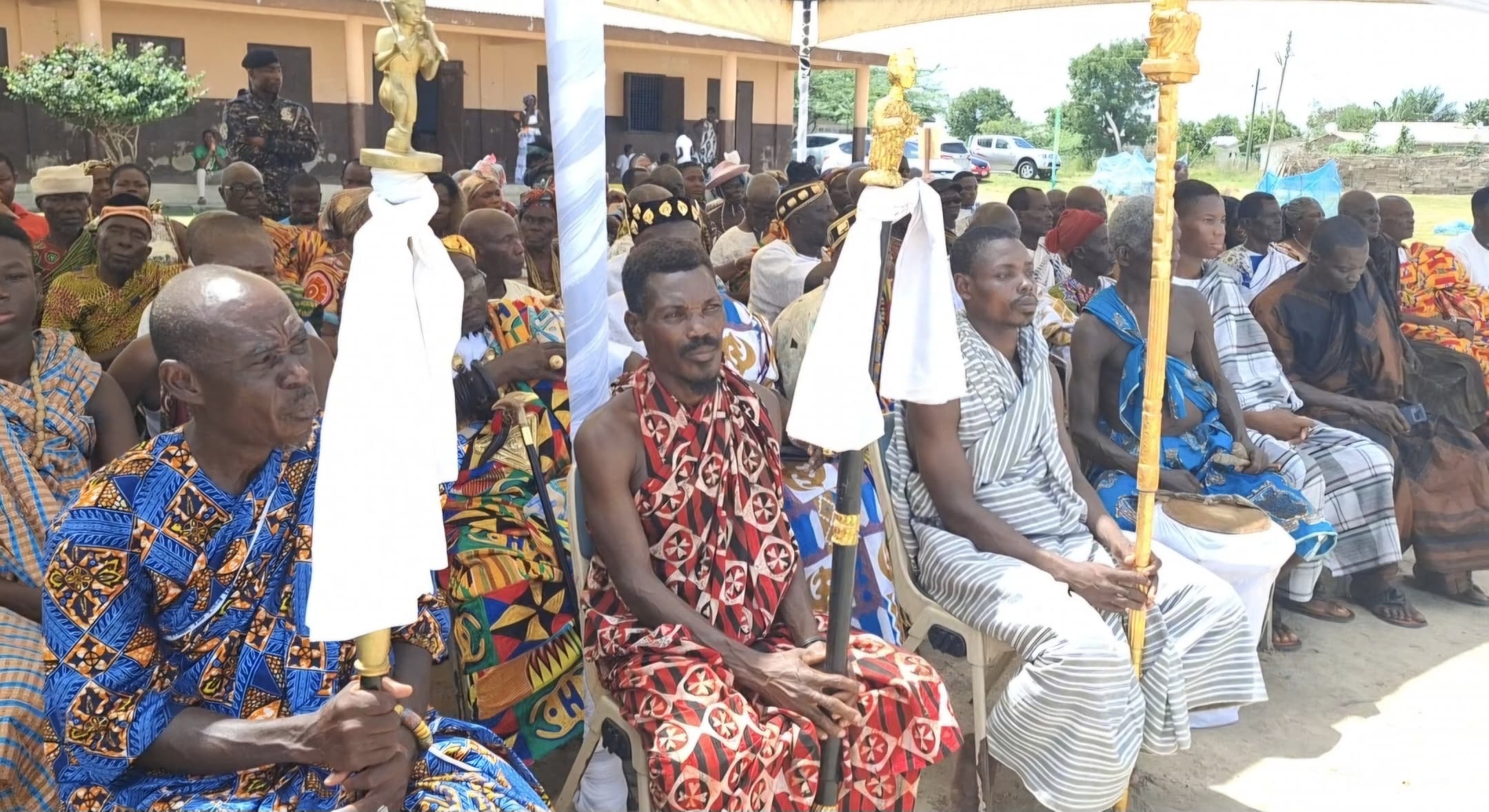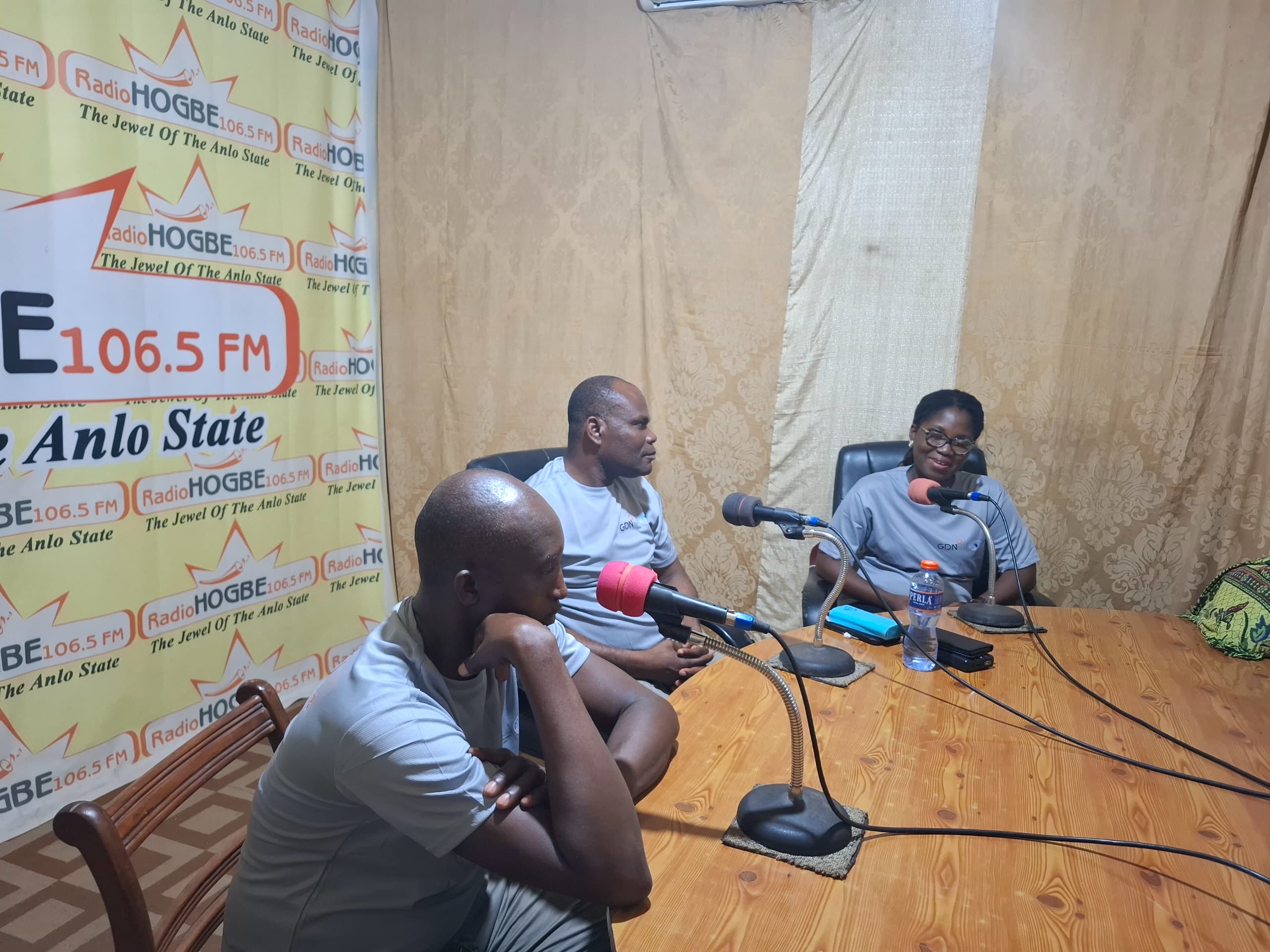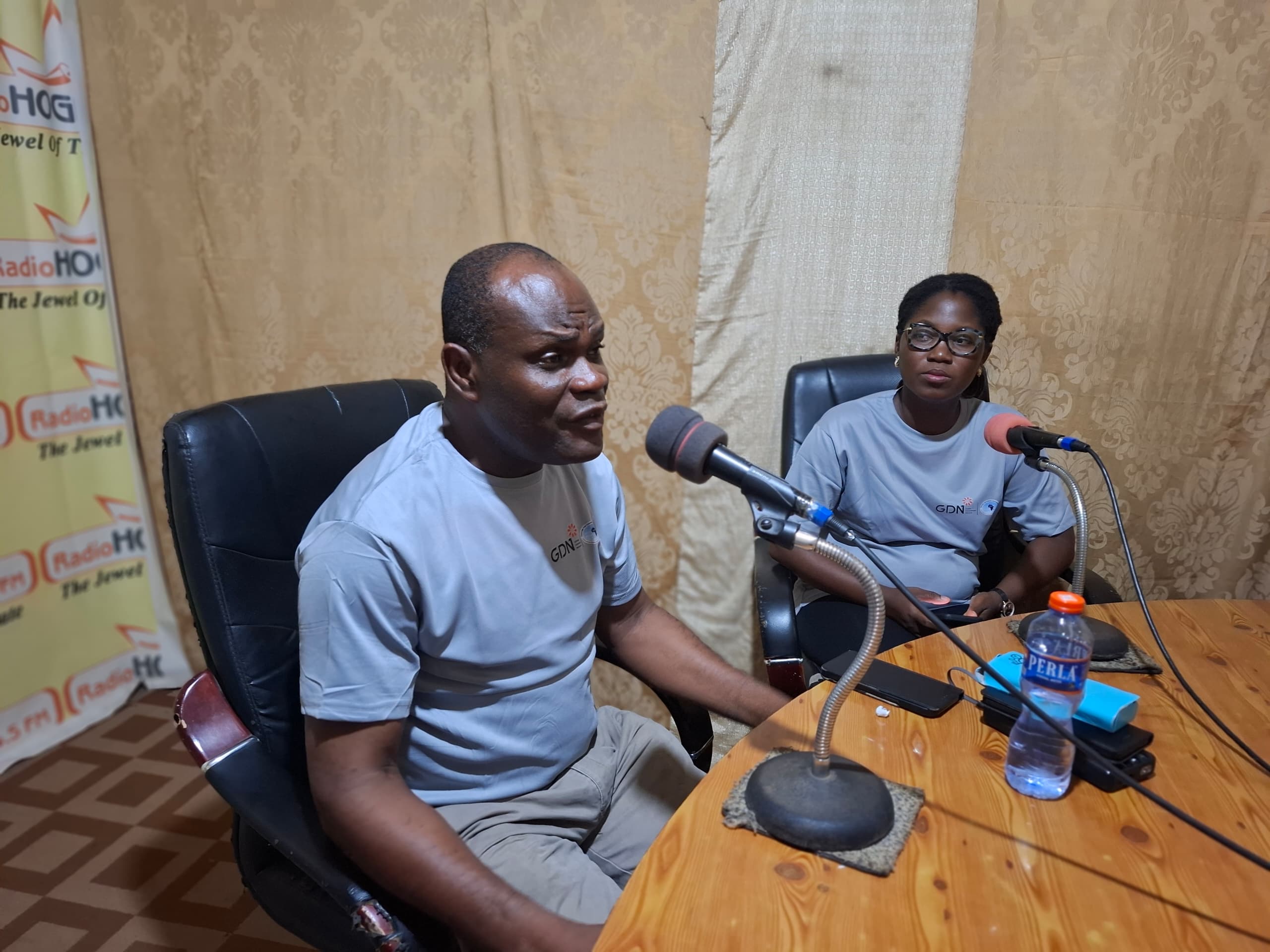Image

Posted On
Monday, October 28, 2024 - 19:43
Body
A Team from the Centre for Coastal Management (CCM) of the University of Cape Coast (UCC) embarked on a crucial outreach to educate the public about the importance of biodiversity conservation within Ghana’s largest wetland, the Keta Lagoon Complex Ramsar Site (KLCRS) in the Volta Region. This effort was aimed at addressing the alarming decline of biodiversity in the Ramsar site, which is threatening the ecosystem's ability to provide essential goods and services.
The Team, constituted by Dr. Margaret Fafa Akwetey (An Aquatic Biologist), Dr. Precious Agbeko Mattah (An Environmental Scientist) and Prof. Justus Precious Deikumah (A Wildlife Monitoring and Management Expert), visited the Anlo 2024 Mini Hogbetsotso Festival held in Alakple on Saturday, October 26, 2024, and shared key findings from a two-year study within the KLCRS. The study, which assessed the impacts of ecosystem-based livelihoods on biodiversity (focusing on birds, fish and vegetation) within the wetland, was funded by the Global Development Network (GDN) under AFD-GDN Biodiversity and Development Awards, and facilitated by the Africa Centre of Excellence in Coastal Resilience (ACECoR), University of Cape Coast (UCC).
From the study, 132 bird species were encountered, 3 of which have been classified by the International Union for Conservation of Nature (IUCN) as “endangered”, a status likely earned through deliberate bird hunting and egg collection. Ten (10) fish species dominated by Tilapia were recorded, while species richness and sizes dwindled compared to previous studies, which is indicative of stress due to anthropogenic and environmental pressures. It was observed during this study that fish species were exploited using small mesh sizes. Seventy-nine (79) plant species, including two mangrove species, were encountered during the study. These species were found to be vulnerable to vegetation cover loss for agricultural and residential purposes.
To mitigate biodiversity loss within the wetland, the study recommends sustainable resource exploitation, avoiding illicit fishing techniques, protecting migratory birds, and proper waste management.
Togbi Sri III, the Paramount Chief of the Anlo land, expressed appreciation to CCM for the research findings disseminated at the durbar and pledged to ensure the protection of biodiversity in the area.
The Team also engaged with the general public on Hogbe Radio, discussing research findings and the way forward. Listeners phoned in to share concerns and suggestions.
This community engagement complements CCM's collaboration with the National Development Planning Commission (NDPC) to mainstream biodiversity in KLCRS into the 2022 – 2025 Medium-Term Development Plan of the six districts/municipals adjoining the lagoon’s catchment.
By sharing knowledge and promoting sustainable practices, CCM aims to safeguard biodiversity and livelihoods within the wetland, ensuring the long-term well-being of both the environment and local communities.




Last modified
Categories
Recent Posts
- CampusNov 20, 2025
